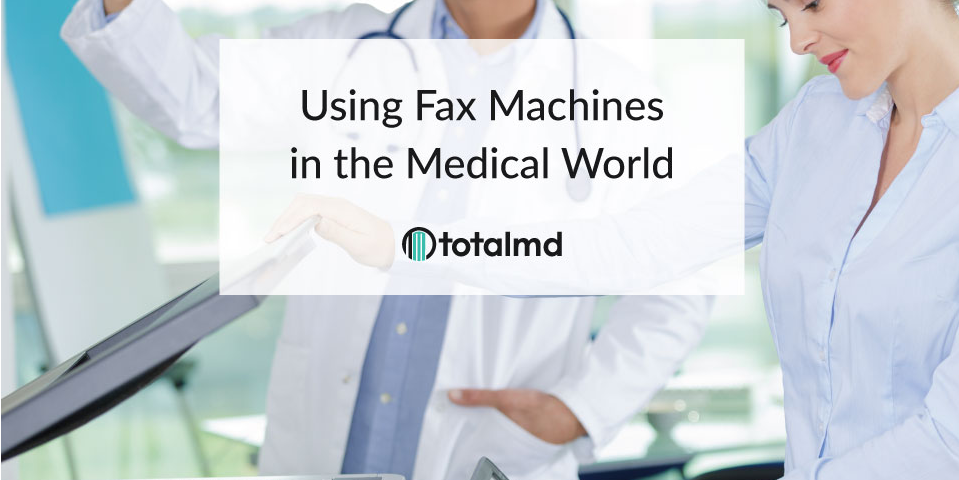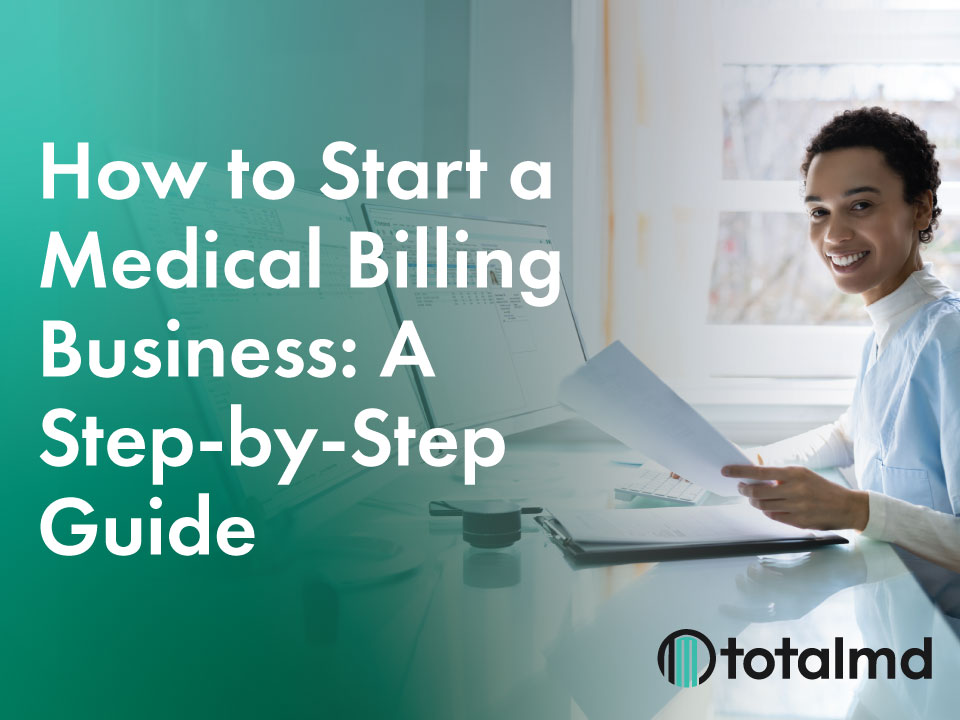Using Fax Machines in the Medical World

Faxing has long been a staple of the office communication for a medical organization. Upwards of 75 of all exchanged documents are done via fax. However, this is changing as Centers for Medicare and Medicaid (CMS) has called for eliminating the fax machine by the end of last year. The longevity of the fax machine is linked, depending on the source, to technological limitations of the user, financial disincentives or just plain old stubbornness on the part of provider(s).
Even though the advent of the Electronic Health Record (EHR) was supposed to aid in the eliminating of the fax, the plethora of different EHR systems that all work differently, and most times independently, has made the situation more, rather than less, challenging. Therefore, the fax machine is still a pivotal part of today’s healthcare organization, although it is neither cost effective nor secure for medical use. One of the big reasons that a traditional fax machine is still so widely used is that in HIPAA Privacy Rule, the fax is listed as being more secure than an email due to encryption processes.
Newer doctors coming into the field may well be challenged by the usage of this old technology. Millennial doctors who are beginning to be a part of our current medical groups many times have never seen a fax machine, nor have they used one. To overcome this blockade to effective health care, e-faxing needs to be embraced and the fax machine replaced.
Electronic faxing is an excellent replacement to a traditional fax machine. It will go across the different EHR platforms, digitally sharing documents and information between providers, facilities and with patients as well. By using an enterprise fax API or other type of integration, any EHR can connect to the cloud fax provider to send and receive faxes. It will allow for both e-faxes and legacy faxes that can then be attached to patient records. Some e-fax solutions can take an email and turn it into a message to be sent on to the provider, without the provider having to access either the e-fax queue or the patient record.
Benefits of Cloud Faxing
Cloud faxing offers the ability to transform document workflows to create greater efficiency, security and compliance for the healthcare organization. Specific benefits include:
- Streamlined workflows – rather than having print documents from the EHR, leave the program, manually fax the document and then return to the program, an e-fax will allow an employee to send the documentation directly from the EHR.
- Increased efficiency – cloud faxing eliminates many manual processes such as retrieving, sorting, and shredding paper faxes physically. Cover sheets, distribution of a fax to a group, and filing of the document can be automated as well.
- Enhanced mobility and flexibility – without having to stand at a given location to send and/or receive faxes, cloud faxing will allow for access from anywhere with a web interface, business email or a secure app. This enables providers to work on the fly and can remove the middleman at times.
- Efficient fax monitoring – with created routing tools, faxes can be saved to specific folders, printed at specific times, and handling rules can be assigned to use their metadata for deletion parameters. This allows each team to administer their faxes rather than having it done in a central location.
- Faster patient intake and processing – by auto-routing documents, less time will be spent printing, scanning and indexing documents into a patient’s record.
- Increased Compliance – if the solution you choose has a HITRUST CSF Certification, your organization will enjoy the strongest layer of compliance for all covered entities. Although HIPAA favors faxing over email, traditional faxing requires constant oversight to maintain compliance. Reality is in many busy medical facilities, the fax is often left unattended giving access to anyone physically in the office, negating the HIPAA benefits. The digital delivery of e-fax enables documents to be sent directly to secure inboxes where only the authorized personnel can see them. A signed Business Associate Agreement (BAA) with the fax provider provides another layer of security, making sure that the vendor is HIPAA compliant as well.
- Added security – cloud faxes can be encrypted in-transit and at rest, password protected and delivered exclusively and directly to authorized inboxes.
- Reduced costs – with a cloud fax program, there are no software or hardware costs to begin the service. It also relegates the need for expensive machinery, toner, and reams of paper to be purchased. Pricing for cloud faxing is usually consumption-based, meaning that you pay for your fax number(s), which is a flat monthly fee, and the usage, which may very well vary from month to month. Don’t forget the time gain you will experience with e-faxing lowering salary costs.
- Easy implementation – with a cloud-based fax system, there is no software installation or purchase to hold up the implementation effort. (eFax Corporate, 2019, p. 5)
E-faxing is truly a good path to secure and efficient health care communication. It is interoperable with most EHRs and you will still have the legacy fax system until your new system is fully operational. It will unmeasurably improve your workflow and decrease wasted employee time.
At TotalMD, we have an e-fax solution that you can add to either the basic Practice Management program and/or to the more advanced EHR program. If you would like to add this functionality to your TotalMD program(s), please give us a call at 800-613-7597 Option to set up a demonstration.
References
eFax Corporate. (2019, December 5). A Prescription for More Efficient Healthcare Document Workflows How digital cloud fax technology improves interoperability, security, and productivity [Slideshow]. HealthcareDive. https://beckylawlor.com/images/Brand_Studio_J2_Playbook_Approved_Static_Design_Layout_12.05.2019.pdf
Etemadiah, A. (2018). Fax Machines Are Terrible for Healthcare – Here’s Why (New Data). Patient Engagement. Retrieved November 19, 2020, from https://www.perrlacomplete.com/App?encryptedPaperId=o0xZsrTvhSpNA9OXm0BNhA==/#/paper/editor/create-reference-step-2
H, K. (2014, September 14). Sending Documents By Fax Versus Email: Which Is Better? FaxCompare. Retrieved November 19, 2020, from https://www.faxcompare.com/blog/sending-documents-fax-versus-email-better/#:~:text=Online%20faxing%20and%20traditional%20faxing%20are%20both%20key,the%20Health%20Insurance%20Portability%20and%20Accountability%20ACT%20%28HIPAA%29.
Morse, S. (2018, August 6). CMS Administrator Seema Verma calls for an end to physician fax machines by 2020. HealthITNews. Retrieved November 20, 2020, from https://www.healthcareitnews.com/news/cms-administrator-seema-verma-calls-end-physician-fax-machines-2020
Withers, R. (2018). Why in the World Do Doctor’s Offices Still Use Fax Machines? Future Tense. Retrieved November 19, 2020, from https://slate.com/technology/2018/06/why-doctors-offices-still-use-fax-machines.html



